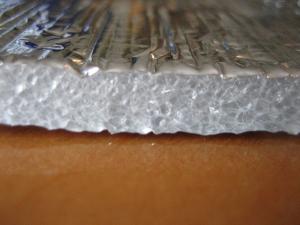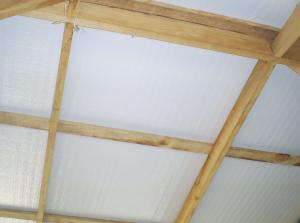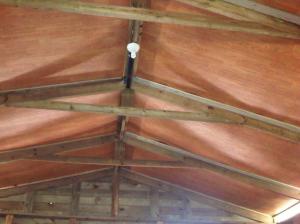Insulation4Less Highlights the Science and Strategy Behind Insulating Tiny Homes
HOUSTON, TX, UNITED STATES, September 9, 2025 /EINPresswire.com/ -- As tiny homes continue to gain traction for their efficiency and eco-friendliness, Insulation4Less sheds light on one of the most critical aspects of tiny home design: insulation. Unlike conventional housing, tiny home insulation presents unique mounting challenges—and Insulation4Less offers practical, science-based guidance to optimize comfort, durability, and energy efficiency.
The Unique Needs of Tiny Homes
Optimally insulating a trailer or tiny home starts with strategic planning. Since heat naturally rises, insulation priorities run from the roof to the walls, and then the floor—making the design of thermal envelopes particularly important in compact, mobile structures.
A key first step? Air sealing. A well-sealed tiny home—even with average insulation—can outperform a leaky one outfitted with higher-performing materials. Critical seal points include doors, windows, outlets, and roof-to-wall junctions. Testing via blower door diagnostics, thermal cameras, or smoke pens helps verify success.
Battle Thermal Bridging and Protect against Condensation
Tiny homes built on trailers confront another challenge: thermal bridging—where metal components like wheel-well fenders compromise insulation continuity. Solutions designed for metal building insulation can mitigate these weak points, enhancing thermal performance and moisture control.
Climate-Specific R-Value Benchmarks
Tiny home insulation must meet regional demands. For moderate climates, walls typically require an R-value of 15, while ceilings/floors may need around R-30. Colder regions call for even higher values.
Material Options: Balancing Space, Cost, and Performance
When every inch counts, choosing insulation is a matter of both space and effectiveness:
Closed-cell spray foam (R-value ~6 per inch) provides excellent insulation, acts as an air and vapor barrier, but can be costly and space-consuming.
Fiberglass batts offer an affordable alternative (R-value ~3.1 per inch), though they require additional vapor and air sealing to maximize performance.
Innovative Insulation: Prodex Total
For those seeking a high-performance solution in compact spaces, Insulation4Less recommends Prodex Total Plus—a multilayer system that integrates insulation, radiant barrier, vapor barrier, and air barrier into one product:
R-values range from R-15.3 (white 5M Plus) to R-22 (10M Plus), providing excellent thermal performance while maintaining minimal thickness.
Key advantages include resistance to moisture-related degradation (R-value unaffected by humidity), condensation control, radiant heat reduction (~97%), mold and pest resistance, and durability.
Suitable for hot and cold climates alike, Prodex Total provides a streamlined installation footprint—critical in constrained tiny home interiors.
Smart and Sustainable Long-Term Savings
Though premium insulation materials may come with higher upfront costs (e.g., ~$2,000 more), better-performing insulation can reduce energy bills by up to 30% monthly, yielding long-term cost savings.
About Insulation4Less
Operating with a lean five-person team, Insulation4Less delivers factory-direct insulation solutions—eliminating middleman markups and ensuring fast delivery, same-day local pickups, and next-business-day shipping.
As the official U.S. distributor for Prodex Total insulation, the company maintains A+ accreditation with the BBB, has shipped over five billion square feet of insulation, and participates in third-party product verification via ASTM RIMA.
For tailored recommendations, tiny home designers and builders can use the “Ask Our Experts” feature—leveraging over 20 years of product insight for both reflective and fiberglass insulation solutions.
In summary, insulating a tiny home is far more than selecting materials—it demands understanding heat flow, seal quality, condensation risks, and spatial constraints. With targeted guidance and high-performance products like Prodex Total, Insulation4Less empowers tiny home builders to create durable, efficient, and comfortable living spaces.
Jonathan Barber
Insulation4Less.com Inc
+1 281-356-0798
email us here
Visit us on social media:
Facebook
YouTube
X
Prodex Total Insulation: Insulation For Tiny Homes and Trailers
Legal Disclaimer:
EIN Presswire provides this news content "as is" without warranty of any kind. We do not accept any responsibility or liability for the accuracy, content, images, videos, licenses, completeness, legality, or reliability of the information contained in this article. If you have any complaints or copyright issues related to this article, kindly contact the author above.




